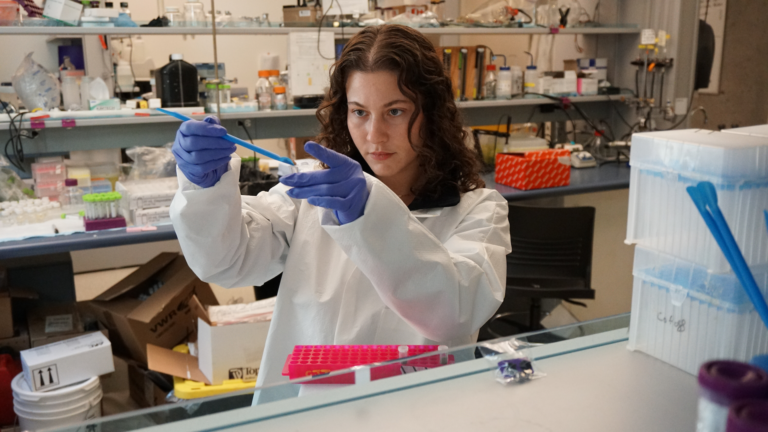Signs of high school dropout and troubled adulthood appear as early as Grade 4
Dr. David Green and Dr. William Warburton co-authored a study which showed that data collected routinely by the B.C. government can predict who is likely to drop out of high school.

Dropping out of high school is strongly associated with poor outcomes later in life, such as poverty, crime and homelessness.
Now, researchers from UBC’s Vancouver School of Economics have shown that data collected routinely by the B.C. government can predict quite accurately who is likely to drop out of high school.
Dr. David Green, co-lead of the newly announced Stone Centre on Wealth and Income Inequality at UBC, and co-author Dr. William Warburton, discussed the implications of their work published recently in Canadian Public Policy.
What were your key findings?
DG: We showed how disadvantaged backgrounds can lead to disadvantages and vulnerabilities later in life, with a real emphasis on one pinch point: dropping out of high school.
At least three-quarters of any birth cohort who end up homeless have dropped out of high school. More than three-quarters who end up involved with the criminal justice system have dropped out of high school. So there’s a place where we should be putting a lot of attention.
How did your research tackle the question of who is likely to drop out?
DG: We had access to anonymized B.C. data. We can’t see who anybody is, but it provides us with some background measures: the neighbourhood you grew up in, family structure, mental illness for either the child or the parents, whether the family received income assistance, and so on. The intersection of all those things turns out to be strongly predictive.
How early are the seeds planted for poor outcomes later in life?
WW: We could identify 2,000 children—about five per cent of each cohort—that already at age 10 had an almost 70-per-cent probability of not completing high school.
Which childhood measures correlated most strongly with dropping out?
DG: Some big ones came from school, like how children do on the Grade 4 FSA (Foundation Skills Assessment) test, which I find interesting because the teachers are fighting hard for their students and don’t want this test, but you know what? It could be super useful in trying to figure out who’s the most vulnerable.
WW: The biggest predictor was having a special needs code indicating you had behavioural problems. The difference between having that indicator and not having it was as big as the difference between being in the top 10 per cent of the FSA and the bottom 10 per cent.
How can your findings be applied to help people avoid poor outcomes?
DG: This is all administrative data, so the government can see these signals at any moment. That leads into the last part of our paper, which is a plea for evidence-based, randomized control trials to figure out a way to deliver help to these people at an age when it might still change their trajectories. There is a way to identify these kids. We just did it. The next step is much bigger: trying to figure out exactly what works for children in this context.
What might those interventions look like?
WW: Richard Tremblay, a researcher at University of Montreal had an awesome intervention for children with behavioural problems back in the early 1980s. He taught them how to improve self-control, get along with others, make friends, and be empathetic.
The kids who received this intervention in Grades 1 and 2 increased their earnings by about 20 per cent. It reduced social transfers to them by 40 per cent. They committed one fewer crime on average. So it was hugely beneficial for the kids themselves, and for society as a whole.
Is this the kind of research we can expect from the new Stone Centre on Wealth and Income Inequality?
DG: The Stone Centre’s mission is concerned with income and wealth inequality, so this research has very direct ties to that. But part of the nature of the Stone Centre is recognizing that it’s not just about income and wealth. Poverty is a whole confluence of things that make people vulnerable. The responses have to be policies that attack all those elements. That’s why this approach is more holistic. It’s looking at all kinds of different outcomes and trying to think about them together.
Interview language(s): English



